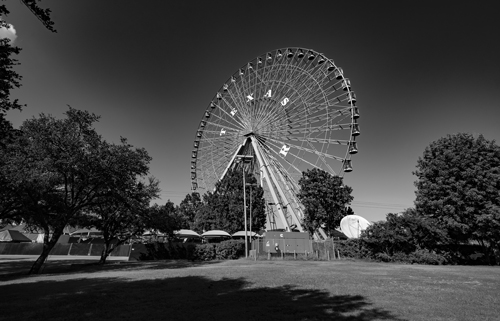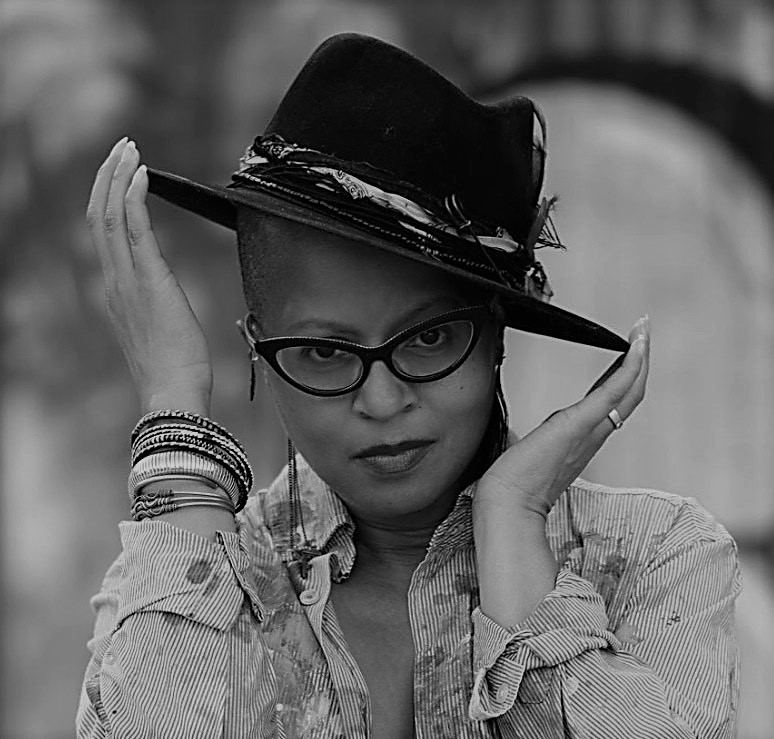Commitment to Racial Equity
Broadway Dallas is Committed
Broadway Dallas is committed to prioritizing institutional racial equity and sustaining accountability as part of our organization’s culture. We will continue to introduce equitable processes, programs, and exhibitions that engage our staff, board, and patrons.
We will hear the truth and we will tell the truth so that we completely understand the harm caused by racist systems and our obligation to dismantle these systems.
Our Journey…
Broadway Dallas adopted a new Strategic Plan in 2017 that included a commitment to Equity, Diversity, Inclusion and Access. In 2021 we deepened this commitment by participating in a cohort with Dallas Truth, Racial Healing and Transformation (DTRHT) who provided us with a framework to learn and internalize the truth of how racist systems and structures developed and how they continue to cause harm in communities and within our company for all people and disproportionately to those who identify as BIPOC. Broadway Dallas will share these truths with our staff, board and other constituents and together use this knowledge to drive change of systems that uphold a hierarchy of human value, allow race to impact a person’s agency or position and limit opportunities for people to become part of the Broadway Dallas family.
Broadway Dallas understands that a journey to become an anti-racist organization requires a steady and ongoing commitment to change. We recognize that this commitment is not simply a “department” of Broadway Dallas or a project to be added on when convenient, but rather a lens that we must learn to apply to everything we do. Broadway Dallas’s mission to bring the best of Broadway to North Texas and to deliver the spirit of Broadway into all corners of our community, in classrooms and community centers throughout the region, can only be accomplished if Broadway Dallas also transforms to become a fully inclusive, multicultural, anti-racist organization.
Our journey has just begun.
Land Acknowledgement
English
En Español
Broadway Dallas acknowledges that we live and work on the stolen land of the Caddo and Wichita peoples and nomadic tribes such as the Kiowa and Comanche. We honor all the tribes that stewarded this land for thousands of years. The Indigenous people’s connection to this land was challenged by invading settlers, genocide, forced removals, and other acts of Equity, Diversity, Inclusion and Accessibility Exhibition colonization. We acknowledge that this land was stolen and then built upon through the enslavement of stolen Black and African people who were forcibly removed from their homelands and through the continuous labor of migrant workers. Broadway Dallas recognizes these injustices made during the creation of our nation and the formation of this community of which we are all a part. Today, we strive to heal the harm still perpetuated by these systems through trustful community partnering and joyful artistic expression for diverse audiences.
Broadway Dallas reconoce que vivimos y trabajamos sobre la tierra de los Caddo, Wichita y tribus nómadas como los Kiowa y Comanche, quienes fueron removidos forzosamente.
Honramos a todas las Naciones Indígenas que cuidaron esta tierra por miles de años. La conexión de los pueblos indígenas con esta tierra fue interrumpida por el genocidio, los traslados de tierra forzosos y otros actos de colonización. Reconocemos que esta tierra fue robada. Además reconocemos que esta tierra fue construida a través de la labor forzada de esclavos negros y africanos. Quienes fueron robados y sacados a la fuerza de sus países de origen.
Tambien reconocemos el trabajo continuo de los trabajadores migrantes que han ayudado a construir nuestras ciudades y comunidades. Broadway Dallas reconoce estas iniusticias cometidas durante la creación de nuestro pais y la formación de nuestra comunidad. Hoy, nos esforzamos por reparar el daño que estos sistemas de injusticia racial perpetúan, a través de las relaciones comunitarias y la expresión alegre del teatro y las artes teatrales para públicos diversos.
South Dallas Stories: Fair Park Uprooted
As a key component to our Racial Equity journey, Broadway Dallas has dedicated a prominent space in the Music Hall lobby for an exhibit, entitled South Dallas Stories: Uprooted, that shares artistic narratives from our South Dallas neighbors who have been impacted by the inequities of the past.
Updated periodically, the exhibition will share new narratives and expose truths intended to drive transformation within Broadway Dallas and inspire the community we serve.
This space on our website serves to further illuminate and share the content contained in the lobby exhibit. Next time you are in the Music Hall, we invite you to visit the South Dallas Stories: Uprooted exhibit in person (located in the Box Office Lobby)
In partnership with Multi -media artist and Dallas Native, Nitashia Johnson, Broadway Dallas is proud to feature interviews and select photographs from The Beauty Of South Dallas Collection.
Meet our Interviewees:
The Beauty of South Dallas
Nitashia Johnson


Lens on Dallas
Marion Butts

The painting Grandiose: A Pleasant amount of Self Delusion depicts the ugliness and historic challenge of systemic racism and redlining experienced in Dallas and in the broader United States. The work was inspired by a historic redlining map of South Dallas. The vivid representation on canvas is a statement meant to give a snapshot of the practice. The hope is that as one views the ugliness of how our financial system has historically operated, we acknowledge and accept that reality and look for ways to work towards a better and more equitable future.
The painting captures the stark contrast between Black and white people and their places of residence in the greater community. The heavy red lines show the deliberate separation of different races and their residences. The paint sample cards and selection of paints used show varying tints of white, shades of black, and red.
History teaches us that there is nothing as a “pure” white or a “pure” Black person. That is the delusion; The reflection beyond the question of, “how white is white?” The single black dot is a nod to the “one drop rule” that is a legal principle of racial classification in the United States with all the varying tints of white. Even with the one drop rule, white persons (to the naked eye) are considered white even if they have “Black” or “other” ethnicities in their makeup. The paper bag rule, where one’s skin toned is compared to a paper bag, was used to determine ethnicity. If one’s skin tone was lighter than a paper bag, they could “pass” for white.
The title of the painting Grandiose: A Pleasant Amount of Self Delusion is inspired from a quote from Jim Schutze’s book The Accommodation. Grandiose Delusion speaks to the elevated impression some white persons may have of themselves. The grandiosity they have is the product of historical practices (redlining, eminent domain, and gentrification) that have delivered privileged and preferred outcomes for the people in power.
Redlining is a discriminatory practice through which banking services, most commonly home loans, are withheld from customers who reside in neighborhoods classified as “hazardous” to investment. These neighborhoods have large numbers of people of the global majority, typically racial and ethnic minorities, largely African-American.
Eminent Domain is the practice that empowers local governments to obtain property owned by private residents. This practice has allowed cities to engineer certain people living in certain places, while creating new communities and business opportunities.
Gentrification is the process through which communities are designated for revitalization and investment. Young, upscale, largely white persons move into these gentrifying communities. This practice is happening in full effect today in communities like Oak Cliff (particularly in Bishop Arts and other North Oak Cliff communities) and parts of West Dallas now branded as Trinity Groves.

“Patchwork is inspired by quilts and the messages and stories that were often hidden in them based on patterns and symbols”
-Jennifer Cowley
Jennifer Monet Cowley is a visual artist, curator, fashion designer, and educator. She has been painting and drawing since the age of 5. In high school, she studied fashion design and commercial art. Upon entering college, she initially majored in architecture, but her love for art prevailed and she graduated with a Bachelor of Arts Degree in Art and Performance from the University of Texas at Dallas in 1993. Jennifer works in various mediums: colored pencils, pastels, gouache, acrylic, and watercolors. Jennifer also designs and paints wearable art. She has also curated groundbreaking art shows and exhibitions. She has been told that her curatorial concepts are groundbreaking and can rival some of the best in the world. Jennifer is an artist whose versatility and skills have empowered her to create distinctive works that express her unique style and voice.







